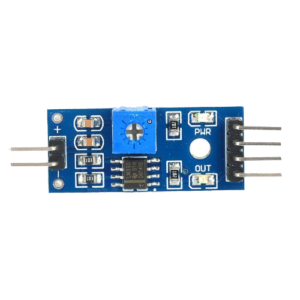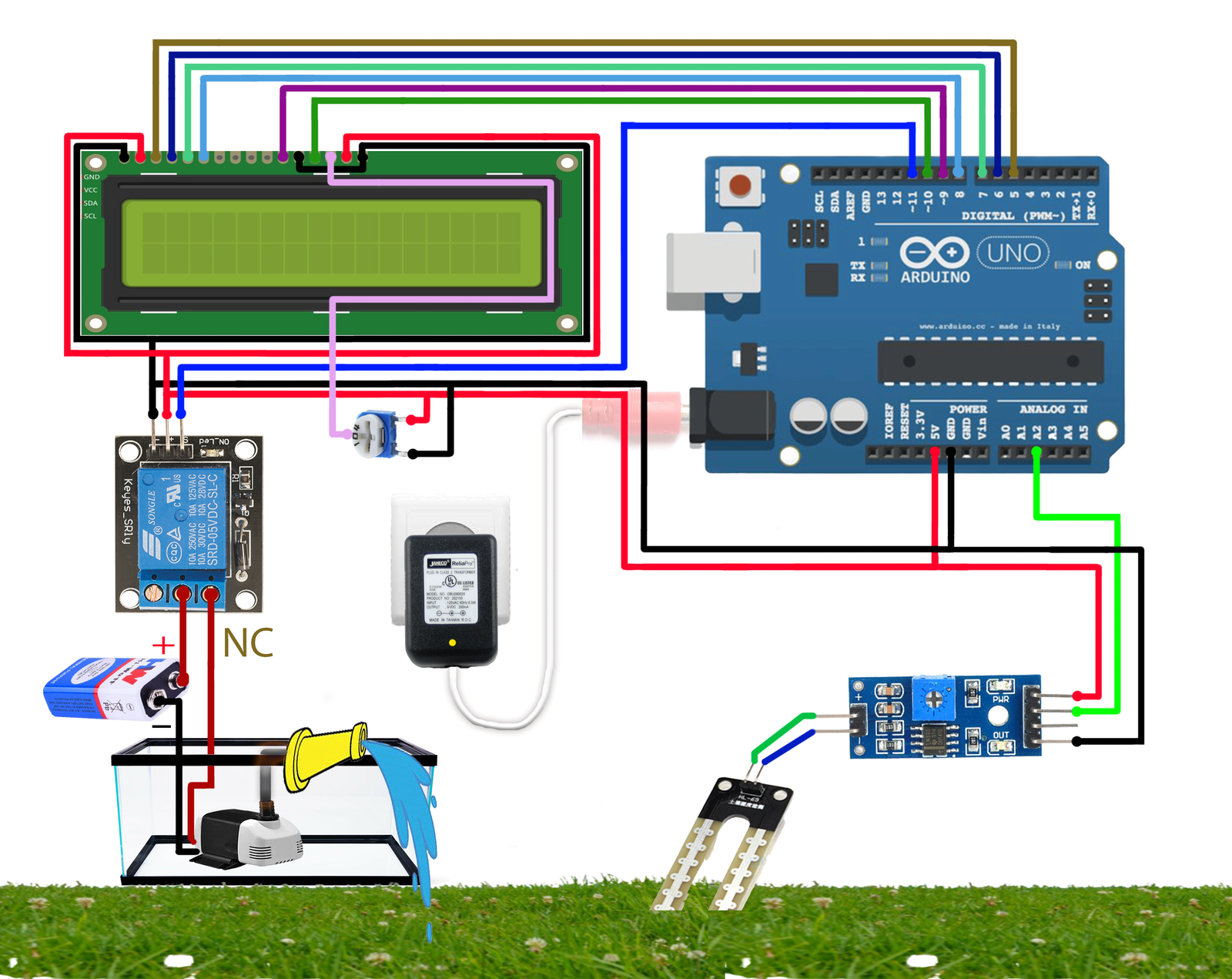SMART IRRIGATION SYSTEM BASED ON ARDUINO

SMART IRRIGATION SYSTEM BASED ON ARDUINO
With the advancement in technology, the world is growing rapidly and moving faster along with the numerous automated aids present all around us. To keep up with the pace of this world, agriculture industry is exploring modern, efficient, faster, and sustainable alternatives to presently available traditional farming practices.
In recent times, the agriculture industry has witnessed some revolutionary innovations and projects that aim to modernize the farming methods and provide some ease to the workers or people associated with it. Farm owners who opted and switched to technology assistance in their farming practices have observed the positive change science has made.
Many such projects, which are transforming the way of field preparations, sowing, irrigation, adding of fertilizers or harvesting techniques etc, are becoming popular day by day.
This “Smart irrigation system project” is one such automated tool that has been created to assist not only the farmers or gardeners but also for those who love growing plants in their backyard.
WHAT IT EXACTLY IS?
We all know that, watering the plants or the fields time to time could be tiring and is a slow process. In addition, it is particularly important to supply the sufficient amount of water for better growth of the crops in our fields or for the plants in our garden but using too much water is not a good idea either. Automatic irrigation system is a solution to all such problems.
This smart irrigation system is a device, which is arduino based, and it uses sensors to detect the water requirement of your plant/crop or soil. Once it gets the signal about lack of moisture content in soil or low water level in the fields (based on the set criteria in the arduino UNO code), it will automatically provide for the water supply to the target area. It is easy to use, water saving, cost effective modern irrigation technique. Great, isn’t it?
HOW DOES IT WORK?

Simply when the sensors senses low moisture content in the soil, it sends the signals to Arduino (a microcontroller that works as per the instructions given to it via a code), the Arduino will process this data and transfer it to relay, setting it to high state, thus connecting the pump to start the water supply towards the plants. As soon as the plants get the required amount of water, sensor intimidates the arduino to stop the water supply and relay is tuned to low state i.e., to disconnect the pump supply.
So basically, the relay module here is an electrical switch which is being controlled be the arduino to turn on an off the circuit of water supply.
Step 1: Collecting the Components Required for this project.










1. Soil Sensor-
2. Arduino UNO –
3. Single relay module (5 Volts) –
4. LCD module-
5. Submersible pump-
6. Jumper wires-
7. Pipes
8. Batteries
9. Potentiometer
10. Data cable
You can buy all these components with instructions by clicking here
Step 2: Assembling the Components – Circuit Design

Connect all the components with the required wires as shown in the above diagram
Step 3: Uploading the Code in the microcontroller
Copy and paste the code given below in the Arduino IDE and hit Upload.
#include <LiquidCrystal.h>
LiquidCrystal lcd(A0,A1,A2,A3,A4,A5 );//********
#define soil 9
void setup() {
pinMode(soil, INPUT);
pinMode(10, OUTPUT);
lcd.begin(16, 2);
lcd.print(" AUTOMATIC ");
lcd.setCursor(0,1);
lcd.print("IRRIGATION SYSTEM");
delay(2000);
}
void loop() {
if(digitalRead(soil)==HIGH)
{
digitalWrite(10,HIGH);
// delay(200);
lcd.clear();
lcd.print(" MOTOR");
lcd.setCursor(0, 1);
lcd.print(" ON ");
delay(300);
}
else {
digitalWrite(10, LOW);
//digitalWrite(fire, LOW);
lcd.clear();
lcd.print(" MOTOR ");
lcd.setCursor(0,1);
lcd.print(" OFF ");
delay(200);
}
}
Click on this Link to download project synopsis
FINAL PROJECT

Thank you for learning with us. We hope all the steps and details are easy to understand. You can try to make your own Smart Irrigation by purchasing our kit for this project from the given link.
If you face any problem while making this project, please leave a comment down below.
For more Robotics projects join our SR Robotics community
![]() Get Latest updates from us on Telegram
Get Latest updates from us on Telegram
![]()
To Buy more kits, visit our website
![]() Subscribe us on YouTube
Subscribe us on YouTube



